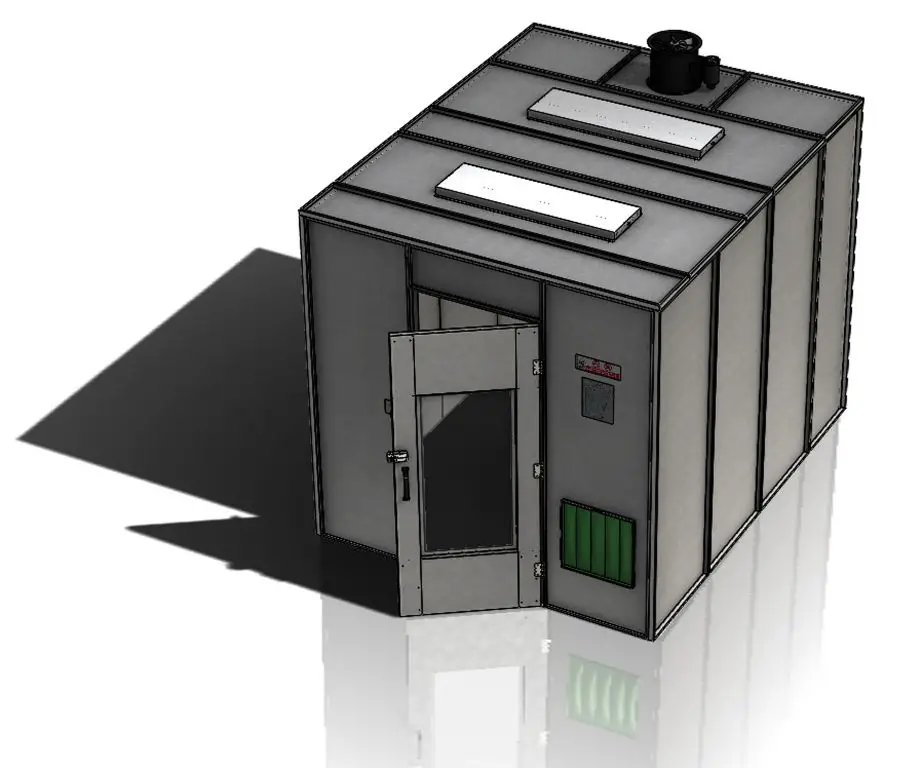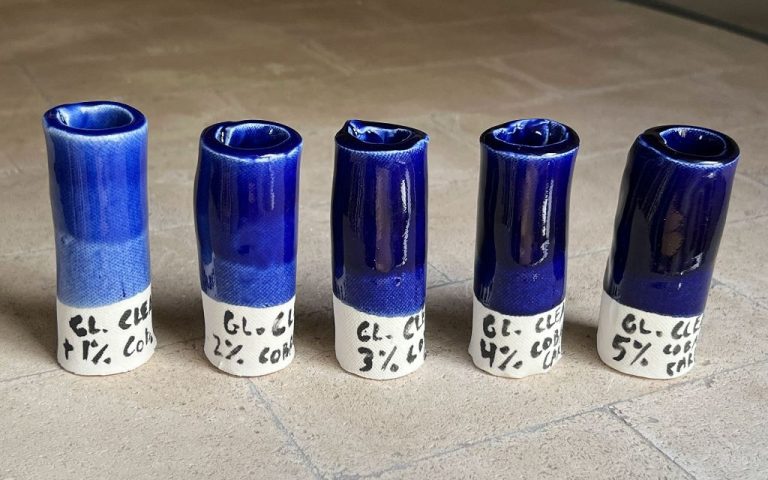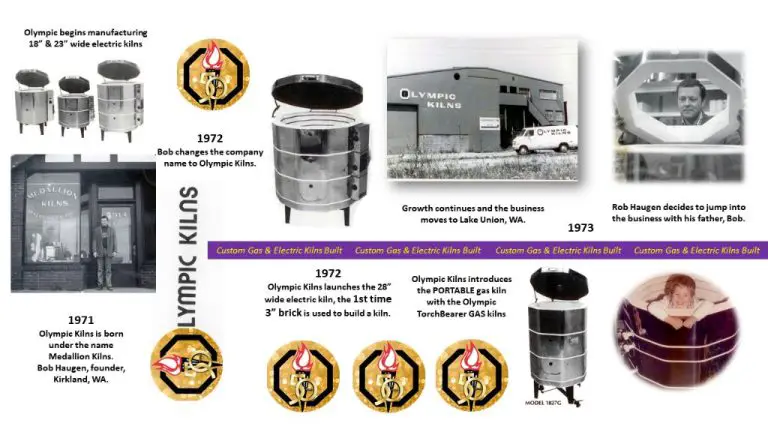Is A Spray Booth A Hazardous Area?
A spray booth is an enclosure typically made of steel panels and large doors, designed to contain overspray and control hazards when spray painting and finishing operations are performed. Spray booths isolate painters from paint overspray and fumes while providing a controlled area for paint to be applied uniformly.
The main purpose of a spray booth is to provide a safe and clean environment for spray finishing operations. Spray booths confine and limit the spread of overspray, keeping surrounding areas clean. They utilize filtered ventilation to control fumes and particles. Spray booths also lower fire and explosion risks by limiting the accumulation of flammable vapors.
Flammable Materials
Spray booths commonly use paints, solvents, and other coatings that contain flammable materials like xylene, methyl ethyl ketone (MEK), acetone, and butyl alcohol (OSHA, https://www.osha.gov/laws-regs/regulations/standardnumber/1910/1910.107). These substances have flash points below 100°F, meaning they can ignite at normal working temperatures (NFPA 33, https://www.spraysystems.com/nfpa-33/). Even water-based paints contain some solvents and can be flammable. The vapors from atomized paint particles that are released during spraying are also flammable.
According to OSHA regulations, any liquid material with a flashpoint below 100°F is considered a flammable liquid (OSHA, https://www.osha.gov/laws-regs/regulations/standardnumber/1910/1910.107). Most paints, coatings, and solvents used in spray booths fall into this category. The atomization of these materials during spraying generates flammable mists. Without proper precautions, these flammable mists pose a serious fire and explosion hazard.
Ignition Sources
Spray booths contain many potential ignition sources that could lead to a fire or explosion. According to NFPA 33, electrical equipment such as lighting, motors, control panels, and wiring must meet specific safety standards to prevent sparks and overheating (https://www.spraysystems.com/nfpa-33/). All electrical components in a spray booth are required to be approved for use in Class 1, Division 1 hazardous locations.
In addition to electrical sources, static electricity can also ignite vapors in a spray booth. NFPA 33 states that spray booths must be properly grounded to prevent static build up. Workers should also wear cotton clothing to minimize static charge generation when spraying flammable finishes (https://www.fauske.com/blog/spray-booth-fire-safety-using-nfpa-33). Proper bonding and grounding procedures are critical to mitigating this ignition risk.
Other potential ignition sources cited by OSHA include welding or cutting torches, space heaters, auto ignition from mechanical sparks, and spontaneous chemical reactions from improperly stored materials (https://www.osha.gov/laws-regs/regulations/standardnumber/1910/1910.107). Careful control of all possible ignition sources is essential to ensure spray booth fire safety.
Ventilation
Ventilation plays an important role in mitigating the risks of a spray booth. According to OSHA, “All spraying areas shall be provided with mechanical ventilation adequate to remove flammable vapors, mists, or powders to a safe location and to confine and control combustible residues so they do not create a fire or health hazard.” OSHA Standards – Spray Finishing Operations (1926.66) Ventilation helps to remove and exhaust flammable vapors to prevent them from accumulating in the spray booth and reaching dangerous concentrations where they could ignite.
NFPA 33 regulations also have requirements for spray booth ventilation. Spray booths must have ventilation able to maintain vapor concentrations safely below 25% of the lower flammable limit. Ventilation must remain in operation even when spraying has stopped, in order to clear any remaining vapors. Per NFPA 33, the ventilation system must also prevent the accumulation of deposits in ducts that could contribute to fire hazards. NFPA 33 Spray Booth Regulations and Guidelines
Explosion Risk
Spray booths contain flammable materials like paints, thinners, and solvents which can ignite and cause an explosion under certain conditions. Three key factors lead to explosion risk in a spray booth:
High concentrations of flammable vapors – These can build up if ventilation is inadequate to remove vapors. High vapor levels provide fuel for an explosion. Proper ventilation is critical.
Ignition sources – Any spark or flame can ignite vapors, even a static charge. Sparks from metal tools or an open pilot light are hazards. Electrical equipment should be intrinsically safe and properly grounded.
Confined space – The enclosed booth design means vapors can accumulate rapidly. An explosion needs confinement to build up pressure. Good booth sealing is needed, but also proper ventilation.
By controlling flammable concentrations, removing ignition sources, and providing ventilation, explosion risks can be minimized. But hazards do exist if safety procedures aren’t followed.
Regulations
Spray booths must comply with regulations from OSHA and NFPA to ensure worker safety when handling flammable materials. According to OSHA standard 1926.66, spray booths must meet specific design and construction criteria for electrical wiring, ventilation, and fire protection in hazardous locations.
The NFPA 33 standard provides guidelines for classifying areas around spray booth openings as hazardous locations and requiring special precautions. NFPA 33 states that the area within 3 feet of any booth opening is considered a Class I, Division 1 location, requiring explosion-proof electrical equipment (NFPA 33, section 15.3.5.5.1).
OSHA regulations also require proper ventilation and airflow to capture overspray and prevent the buildup of flammable vapors. The exhaust must remain on during spraying and for a period after spraying stops to allow for complete clearance (NFPA 33, section 15.10.3).
In summary, spray booth operators must comply with OSHA and NFPA standards to control ignition sources, provide adequate ventilation, properly classify hazardous areas, and take necessary precautions for electrical equipment in hazardous locations.
Classification

Spray booths are classified as either Zone 1 or Zone 2 hazardous locations depending on the type of ventilation and materials used. According to NFPA 33, a Zone 1 spray booth contains concentrations of flammable gases or vapors that exceed 25% of the lower flammable limit. Zone 2 spray booths contain concentrations between the upper and lower flammable limits. Most spray booths are classified as Zone 1 because flammable vapors can accumulate inside the booth.
The hazardous area around a spray booth is also classified. According to the International Fire Code, the area within 3 feet horizontally and 3 feet vertically around spray booth openings is considered Zone 2. Beyond 3 feet and up to 8 feet around any spray booth opening is classified as Zone 3, which requires general purpose electrical wiring [1]. Proper electrical equipment suited for these classified zones must be used.
Safety Measures
Spray booths require proper safety equipment and procedures to mitigate the risks of fire, explosion, and hazardous fumes. According to the OSHA website, key safety measures include:
- Proper respiratory protection such as fresh air hoods or masks with the correct filters (Employee Spray Paint Booth Safety)
- Full body protection including impermeable suits, gloves, and boots (Top 5 Paint Booth Safety Measures)
- Fire suppression equipment like sprinklers inside the booth (Spray Booth Safety Steps)
- Proper grounding of equipment to prevent static electricity buildup (OSHA Spray Finishing Operations)
- Regular cleaning and filter changes to reduce particulate accumulation (Graco Paint Booth Safety)
Additionally, clear signage, restricted access, and ongoing training for operators are key to promoting safe work practices.
Maintenance
Regular inspection and maintenance of spray booths is critical for ensuring safety and compliance with regulations. According to the article Paint Booth Maintenance: How to Clean Your Booth, the interior surfaces of a spray booth should be cleaned regularly to remove overspray residue that can contribute to fire and explosion hazards. The article recommends cleaning booth walls and floors with appropriate solvents and cleaning solutions. Pressure washing may also be used.
Another article from Global Finishing provides a spring cleaning checklist for paint booths. They advise soft cloths and mild detergent solutions for cleaning booth walls as needed. It’s critical to use non-sparking tools and avoid buildup of flammable residues. Regular inspection and cleaning ensures ventilation filters are working properly and ignition sources like loose electrical connections are identified and fixed.
Following formal maintenance procedures and checklists helps minimize fire and explosion risks. It also shows due diligence in complying with codes and standards. Documenting inspections provides evidence of proactive safety management. With paint booth maintenance, being diligent saves lives and property.
Conclusion
In summary, spray booths used for spraying flammable finishes such as paints, varnishes, and lacquers are considered hazardous locations. This is due to the presence of ignitable concentrations of flammable vapors and mists that can be readily ignited by arc, sparks, or high surface temperatures. Improper ventilation, the buildup of overspray residues, and ignition sources all contribute to the explosion hazard. Spray booth operators should follow regulations, ensure proper maintenance and cleaning, utilize spark-proof equipment, and take safety precautions to mitigate risks. Proper precautions allow spray finishing operations to be conducted safely.





